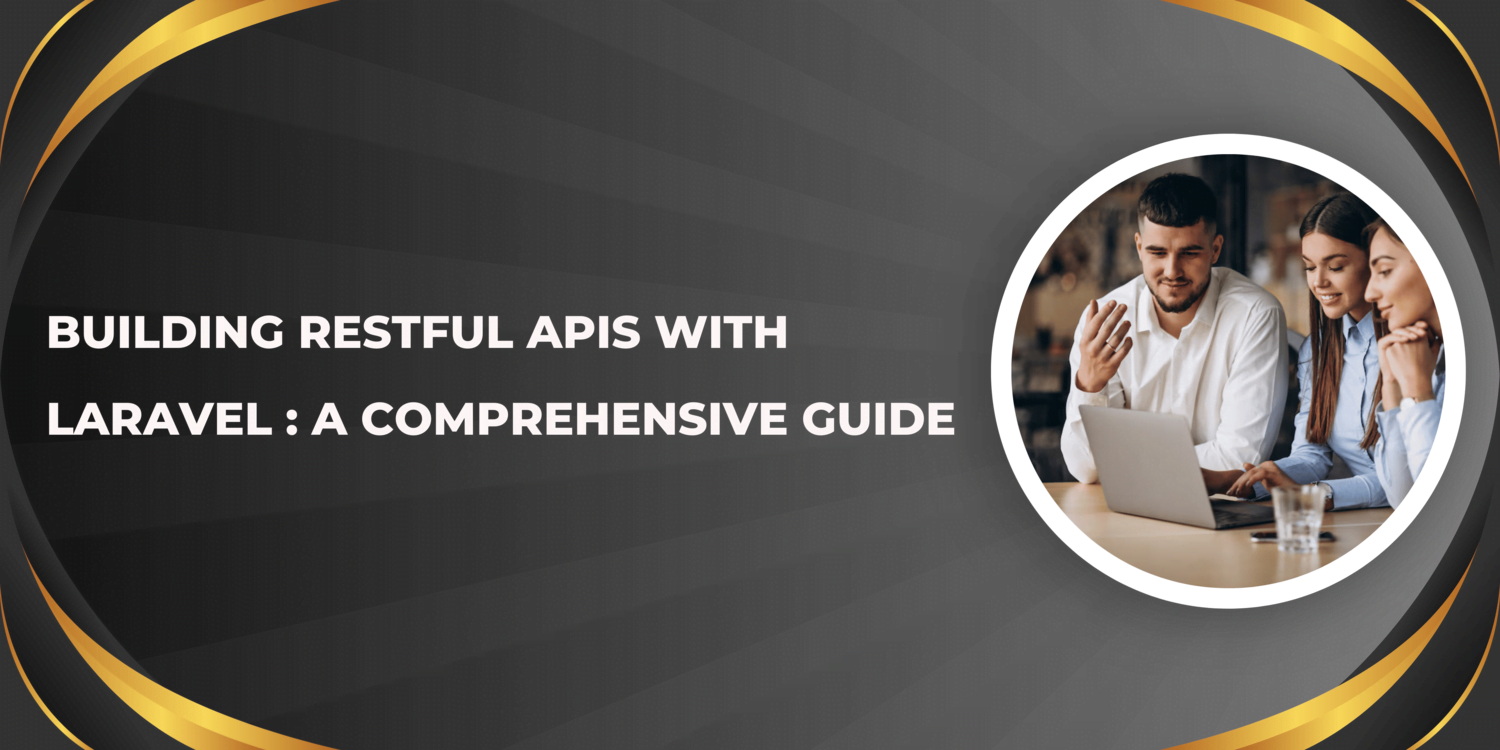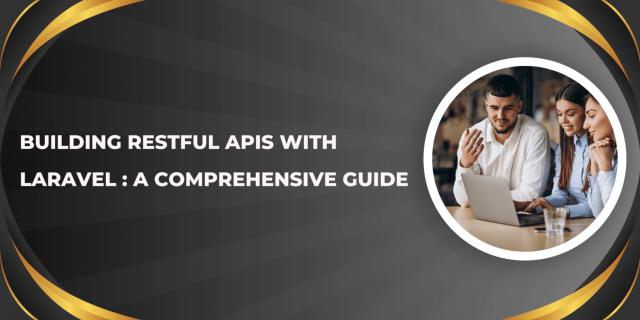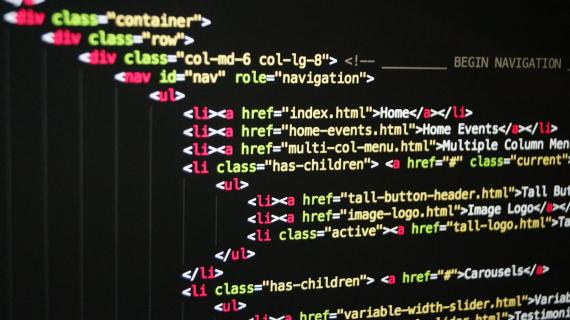In today's world of web development, creating efficient and scalable RESTful APIs is crucial. Laravel development provides developers with a powerful framework that simplifies the process of building these APIs. This comprehensive guide will walk you through everything you need to know about building RESTful APIs with Laravel, ensuring you harness the full potential of this remarkable framework.
What is Laravel?
Laravel is a celebrated open-source PHP framework designed to make web development more efficient and user-friendly. Laravel development has become a favorite among developers with its elegant syntax and robust features. It simplifies common tasks such as routing, authentication, and caching, allowing developers to focus on building high-quality applications.
Understanding RESTful APIs
RESTful APIs (Representational State Transfer) are a way to create web services that communicate over HTTP. These APIs follow principles that make them easy to use, scalable, and maintainable. RESTful APIs rely on standard HTTP methods like GET, POST, PUT, and DELETE to perform CRUD (Create, Read, Update, Delete) operations on resources.
Why Use Laravel for RESTful APIs?
Laravel offers several features that make it an excellent choice for building RESTful APIs:
Elegant Syntax: Laravel's clean and intuitive syntax accelerates the development process.
Eloquent ORM: Laravel's Eloquent ORM simplifies database interactions, making it easier to work with data.
Routing: Laravel offers a straightforward yet powerful routing system that simplifies the definition of API routes.
Authentication: Laravel includes built-in authentication, making it easy to secure your APIs.
Middleware: Middleware in Laravel allows filtering of HTTP requests entering your application, which is vital for securing APIs.
Setting Up a Laravel Project
To get started with Laravel development, you need to set up a Laravel project. Here are the steps:
Install Composer: Composer is indispensable for effectively managing PHP dependencies.
Create a New Laravel Project: Initiate a new Laravel project with this command:
composer create-project --prefer-dist laravel/laravel myApiProjectSet Up Your Environment: Adjust your .env file to match your database configuration.
Creating Routes for Your API
Laravel makes it easy to define routes for your RESTful API. You can specify your API routes in the routes/api.php file.. Here’s an example:
use Illuminate\Http\Request;
Route::get('/products', 'ProductController@index');
Route::get('/products/{id}', 'ProductController@show');
Route::post('/products', 'ProductController@store');
Route::put('/products/{id}', 'ProductController@update');
Route::delete('/products/{id}', 'ProductController@destroy');
Building Controllers
Controllers in Laravel handle the logic for your API endpoints. For example, you can create a ProductController to handle product-related API requests. Use the following command to generate a controller:
php artisan make:controller ProductController
Here’s an example of a controller with methods for handling CRUD operations:
namespace App\Http\Controllers;
use Illuminate\Http\Request;
use App\Models\Product;
class ProductController extends Controller
{
public function index()
{
return Product::all();
}
public function show($id)
{
return Product::find($id);
}
public function store(Request $request)
{
return Product::create($request->all());
}
public function update(Request $request, $id)
{
$product = Product::find($id);
$product->update($request->all());
return $product;
}
public function destroy($id)
{
return Product::destroy($id);
}
}
Using Eloquent ORM
Eloquent ORM in Laravel development simplifies database interactions. It allows you to interact with your database using an object-oriented syntax. For example, you can define a Product model like this:
namespace App\Models;
use Illuminate\Database\Eloquent\Factories\HasFactory;
use Illuminate\Database\Eloquent\Model;
class Product extends Model
{
use HasFactory;
protected $fillable = ['name', 'description', 'price'];
}
Validating Requests
Validation is essential to ensure your API receives valid data. Laravel simplifies the process of validating requests with its built-in features. Here’s how you can validate a request in the store method of your ProductController:
public function store(Request $request)
{
$request->validate([
'name' => 'required',
'description' => 'required',
'price' => 'required|numeric',
]);
return Product::create($request->all());
}
Handling Errors
Error handling is an essential part of building robust APIs. Laravel provides several ways to handle errors, including custom exception handling and middleware. Here’s an example of handling a ModelNotFoundException:
namespace App\Exceptions;
use Illuminate\Foundation\Exceptions\Handler as ExceptionHandler;
use Throwable;
class Handler extends ExceptionHandler
{
public function render($request, Throwable $exception)
{
if ($exception instanceof ModelNotFoundException) {
return response()->json(['error' => 'Resource not found'], 404);
}
return parent::render($request, $exception);
}
}
Securing Your API
Security is crucial for any API. Laravel provides several features to help secure your API:
Authentication: Laravel includes built-in authentication that you can use to secure your API endpoints.
API Rate Limiting: You can use Laravel’s rate limiting to prevent abuse of your API.
Middleware: Use middleware to filter and validate incoming requests.
Testing Your API
Testing is essential to ensure that your API works correctly. Laravel provides several tools to make testing easier:
PHPUnit: Laravel includes PHPUnit for testing your application.
HTTP Tests: Laravel’s HTTP testing methods make it easy to test your API endpoints.
Here’s an example of a simple test for the ProductController:
namespace Tests\Feature;
use Illuminate\Foundation\Testing\RefreshDatabase;
use Tests\TestCase;
use App\Models\Product;
class ProductTest extends TestCase
{
use RefreshDatabase;
public function test_can_create_product()
{
$response = $this->post('/api/products', [
'name' => 'Test Product',
'description' => 'This is a testing product',
'price' => 100,
]);
$response->assertStatus(201);
$this->assertDatabaseHas('products', ['name' => 'Test Product']);
}
}
Deploying Your API
Once your API is ready, you need to deploy it to a production environment. Laravel Forge and Envoyer are two tools that can help with deployment. Forge allows you to set up and manage servers, while Envoyer provides zero-downtime deployment.
Conclusion
Building RESTful APIs with Laravel development offers a powerful and flexible approach to creating robust web services. With its elegant syntax, built-in features, and extensive community support, Laravel makes it easier than ever to develop high-quality APIs. Whether you're a seasoned developer or just starting, Laravel provides the tools and resources you need to succeed in building RESTful APIs.





